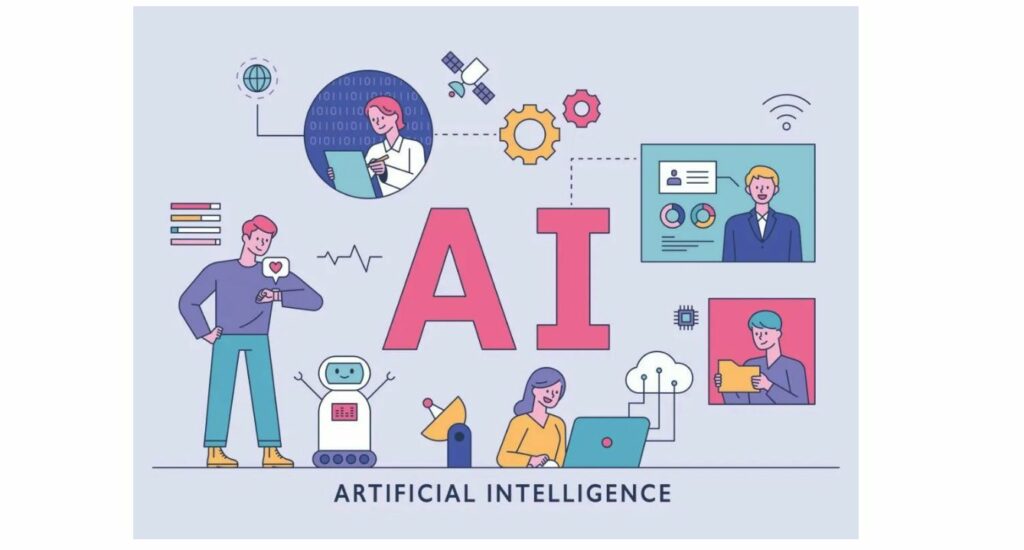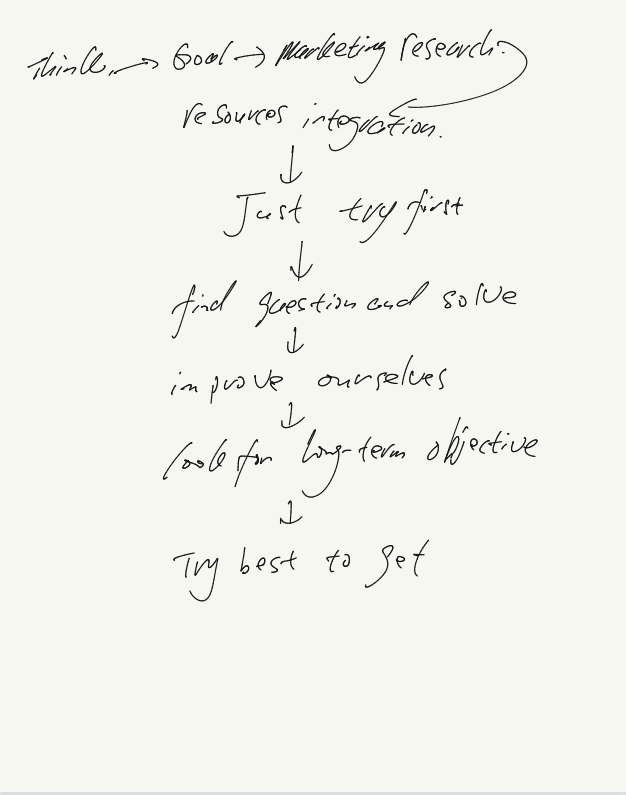During my language studies, I have used Duolingo and other language learning tools. In my opinion, Duolingo’s use of AI to personalize language learning for each user is effective. They track user progress and adjust lessons based on their strengths and weaknesses, using AI to provide instant feedback and suggestions for improvement. AI has the potential to make language learning more accessible and engaging, and create a more human-like learning experience. By adapting to each user’s learning style and providing instant feedback, AI can create a more interactive and personalized learning experience that feels more like interacting with a human teacher or tutor. However, the fact that Duolingo’s training data comes primarily from English learners may affect the user experience in other languages. Language learning is highly context-dependent, and patterns and structures can vary widely from language to language. While Duolingo’s AI is designed to adapt to each user’s specific needs, the underlying training data may not always capture the nuances of each language, which may lead to some inaccuracies or errors in learning certain aspects of a language. difficulty. However, Duolingo does have courses developed by native speakers of the target language, which can help alleviate this problem.
In terms of learning, AI can provide personalized learning suggestions, recommending appropriate learning resources and methods based on students’ learning situations, interests and levels. This personalized learning method can help students master knowledge and skills more effectively and improve learning efficiency. At the same time, AI can also evaluate students’ learning outcomes by analyzing their learning process and behavior, helping them discover and correct problems in learning, so as to better promote autonomous learning.
In addition, AI can also provide students with richer learning resources and learning experience in the process of autonomous learning. For example, through intelligent speech recognition and natural language processing technology, AI can provide students with a more realistic language communication experience; through virtual reality and augmented reality technology, AI can provide students with more vivid practical scenarios and improve the fun of learning and effects.
Of course, there are also some challenges and problems between autonomous learning and AI. For example, the application of AI technology requires a large amount of data support, and the quality and reliability of data may have an impact on the learning effect; at the same time, AI technology may also make humans overly dependent on machines, reducing the ability and willingness of autonomous learning.
In modern education, adaptive learning tools have become a popular teaching method. In addition to Duolingo, online learning platforms like Khan Academy, Coursera, Edmentum, ALEKS, etc. also offer adaptive learning tools. These platforms use AI technology to analyze students’ learning data and behaviors to provide students with personalized learning experience and support.
In my opinion, adaptive learning tools are effective. First of all, adaptive learning tools can provide students with personalized learning suggestions and resources according to their learning situation and level to meet the learning needs and interests of different students. Then adaptive learning tools can provide timely feedback on students’ learning progress and achievements by analyzing students’ learning data and behaviors, and help students discover and solve problems in learning. Finally, adaptive learning tools can provide students with rich learning resources and learning experiences, such as dynamic video teaching, real-time voice communication and interactive games.
Passive learning refers to traditional forms of learning in which students receive information from teachers or other sources but do not actively participate in the learning process. In this method, students are required to listen, read or watch and remember the information presented. Examples of passive learning include lectures, reading assignments, and watching educational videos.
Active learning, on the other hand, is a student-centered approach that requires learners to actively engage with the material and participate in the learning process. In this approach, students are encouraged to ask questions, analyze information and apply concepts through hands-on activities, discussion and collaboration. Examples of active learning include group projects, case studies, debates, and problem-solving activities.
Active learning is often considered more effective than passive learning because it allows learners to develop a deeper understanding of the material and apply it in the real world. Active learning also promotes critical thinking skills, creativity and collaboration, which are critical to success in today’s complex and rapidly changing world.
In general, self-directed learning is more efficient, and learning with the right technology is better.





Recent Comments